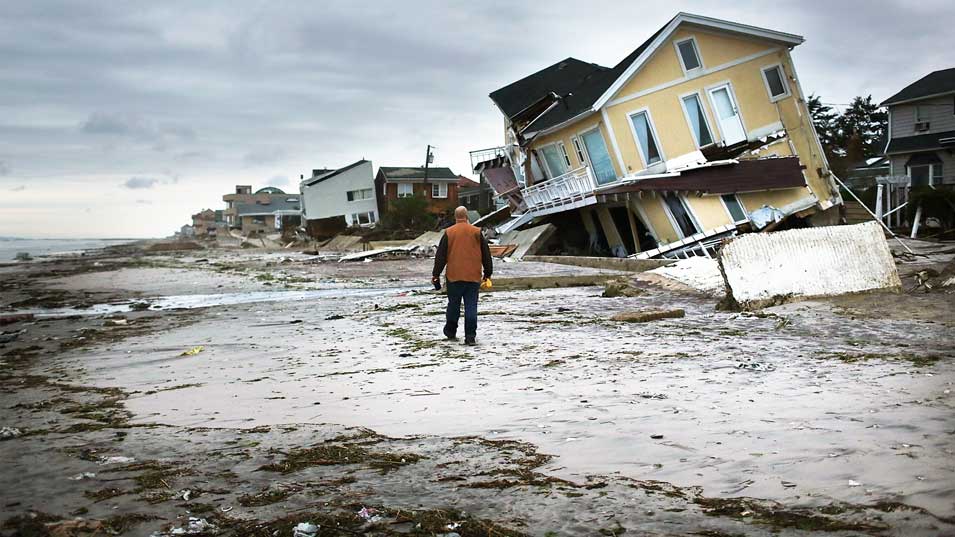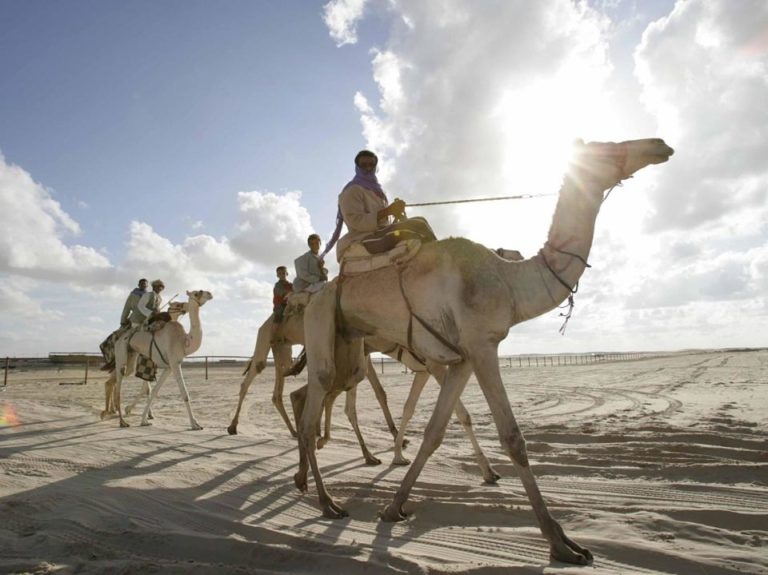Extreme Weather, Extreme Threat

Predator: Chris T., Homeland Security Agent
Discussion: When the flash flood hurdled toward the Phillips family home, 14-year-oid Mykala, her brothers and dad had only a few moments to tie themselves together with extension cords, break a window and jump into the swollen creek.
Mykala went last to make sure her seven-year-old brother was safe. The force of the waters tore Mykala from her family. Nearly two months later, her body was found miles from where her home once stood.
Homeland Security Agent Chris T. helps families suffering the consequences of extreme weather more than she’d like. Mykala was one of 23 people who died in West Virginia during the deadliest flash flood of 2016.
Extreme weather creates extreme threat. Ask Baton Rouge, Louisiana, where flooding claimed 13 lives and caused almost $9 billion in property damage. The National Weather Service estimates there were 522 weather-related fatalities in 2015.
Weather-related threats are just one slice of environmental threats. Let’s focus on a few of the most nasty ones with Chris’ help to give you a good start on preparedness.
Hurricane season is in full swing and winter’s icy fingers are reaching out. It pays to know weather-related threats around your home base and when you travel.
Good resources are the FEMA website and social media, Centers for Disease Control (yep, they’re more than Hillary’s pneumonia), Internet keyword searches, local authorities and news broadcasts. You’ll hear it first on social media, but just remember to verify.
If traveling internationally, remember that buildings, dams, piers, communication systems, advanced warning systems, media, and other forms of protection and communication are subpar, and that’s all without taking into account language barriers. You may not know about incoming storm systems until they are literally on top of you.
General Preparation
Identify:
- Frequency of occurrence
- Active seasons or areas
- Emergency actions to take
- Local resources for help
Create and have on hand:
- Water or water purifier
- Food
- Power – batteries, chargers
- Basic first-aid kit
- Light-weight travel blanket
- Important papers – Copy of birth certificate, passport, etc. (ideally in a waterproof and fireproof container)
- Local contact numbers and local maps (yes, your phone battery might actually go dead!)
- Whistle to summons help
- Baby wipes or towelettes
- Magnesium flint or strike-anywhere matches
- (If traveling – always CARRY an Emergency Kit)
During the event:
- Take shelter or evacuate if there is time, or you are told to do so
- Monitor news reports if possible
- Take proper physical care of yourself
- Conserve resources for potential disruption of period of time after event
- Stay alert and run through what-if scenarios
After the event:
- Emerge from protected area only when safe
- Continue to monitor news reports if possible
- New media can be useful, but YOU need to filter
- Twitter and Google (if access)
- Continue to take proper physical care of yourself and conserve resources
- Find help as quickly as possible
- Stay alert and watch for looters or any other potential threats (what-if scenarios)
Hurricane, Typhoon or Windstorm is Imminent
If a hurricane or typhoon suddenly appears:
- Safest locations are small interior rooms, closets or hallway at lowest level
- Lie under a table
- Stock up on water and fill bathtub
- Shut off all utilities if told to do so
- Turn off propane tanks
- Listen to news
- Stay indoors, away from windows
- Close all interior doors
- Secure and brace external doors
- Close curtains and blinds
Listen to local authorities and evacuate if told to do so. If your lodging is a temporary structure, evacuate no matter how well it’s fastened to the ground. Also, if you are on the coast, in a flood plain, near a river or an inland waterway – if you feel like you are in danger, you probably are.
Not all people in Florida may realize it, but Hurricane Andrew in 1992 caused a major building code re-write. Turns out roofs that look like a Boy Scout tent aren’t so good at protecting against strong winds. If the roof goes, the walls fold like a house of cards.
Researchers learned that a hip roof on a residence is a much better design. If you’re traveling in hurricane or tornado alley, think about that the next time you book a nice cottage. When was it built? What’s the roof structure?
Tsunami

If you are in a coastal area with a history of earthquakes, a tsunami is always possible. Take warnings by radio or television or reported seismic activity very seriously, regardless of the population’s actions.
If there is noticeable recession in water away from the shoreline, this is Mother Nature’s warning to move to higher ground. Do it quickly.
DO NOT RETURN until given the all-clear signal!
Flooding

- Evacuate to higher ground if possible
- Know which areas are prone to flash floods or landslides
- Monitor forecasts and plan escape routes if flash flooding is possible
- Never attempt to drive or walk across creeks or flooded road
- Know the community emergency plans, warning signals, evacuation routes and emergency shelter locations
- Recognize the potential for fires during floods
- Turn off utilities
- Have emergency supplies
- You may need a tetanus shot if you have a puncture wound or a wound becomes contaminated during a flood
- Fill tub with clean water
- Learn more about flood preparation and survival
Winter Storm

Winter storms are common to some people, and completely foreign to others. You are often most vulnerable to unexpected weather when driving, especially in unfamiliar region or foreign country.
The following are some key survival tips for winter storms.
- Travel in the day, don’t travel alone, and keep others informed of your schedule
- Stay on main roads
- Avoid back road shortcuts
If stranded in a snowstorm:
- Pull off the highway. Turn on hazard lights and hang a distress flag from the radio antenna or window.
- Remain in your vehicle where rescuers are most likely to find you.
- Do not set out on foot unless you can see a building close by where you know you can take shelter.
- Be careful. Distances are distorted by blowing snow. A building may seem close. It may be too far away in deep snow.
- Run the engine and heater about 10 minutes of each hour to keep warm.
- When the engine is running, open a downwind window slightly for ventilation and periodically clear snow from the exhaust
pipe. This will protect you from possible carbon monoxide poisoning. - Exercise to maintain body heat, but avoid overexertion. In extreme cold, use road maps, seat covers, and floor mats for insulation.
- Huddle with passengers and use your coat for a blanket.
- Take turns sleeping. One person should be awake at all times to look for rescue crews.
- Drink fluids to avoid dehydration.
- Be careful not to waste battery power. Balance electrical energy needs—the use of lights, heat, and radio—with supply.
- Turn on the inside light at night so work crews or rescuers can see you.
- If stranded in a remote area, stomp large block letters in an open area spelling out HELP or SOS. Line it with rocks or tree limbs to attract the attention of rescue personnel who may be surveying the area by airplane.
- Once the blizzard passes, leave the car and proceed on foot, if necessary.
Be prepared. Think through how you would respond in extreme weather situations before they occur.
More to follow!



